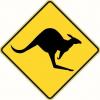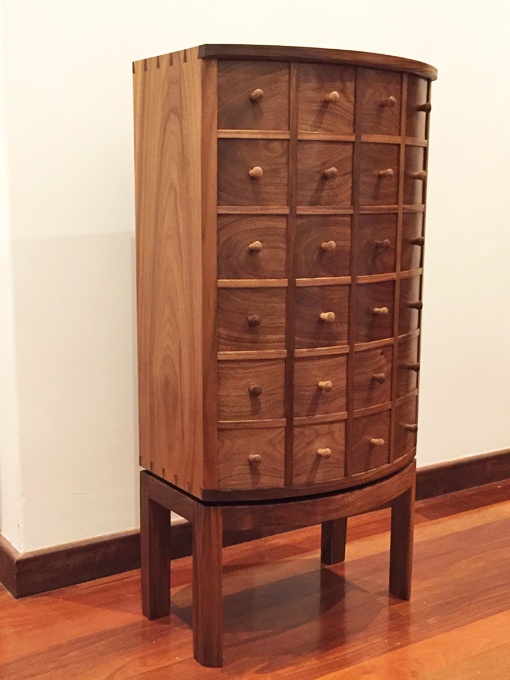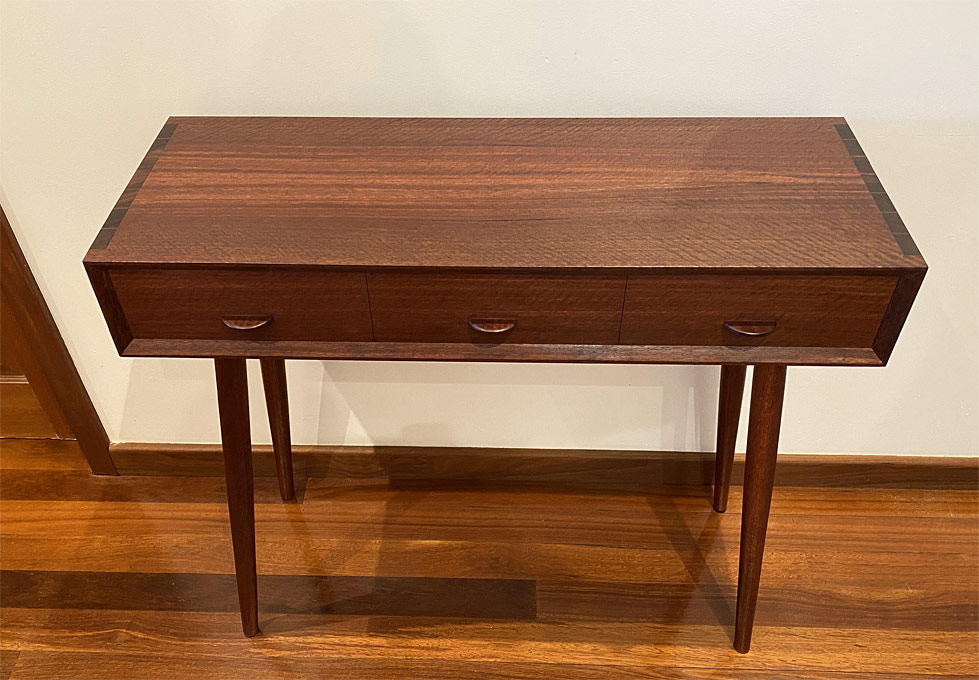I'm working on a cabinet with flush inset drawer fronts (drawers on blum silent glide undermounts which are lovely) and it has mostly gone well (lots of little to midsized mistakes to learn from!). At this point, I'm mounting the drawer fronts and the bottom drawer is not entirely flush. From the viewer's perspective, the upper right and lower left corners are slightly proud of the frame. Originally, the upper left was significantly proud and I lowered the rear screw of the right slide which mostly addressed this, but now has forced the lower left corner to be slightly proud.
The last complexity (lesson learned!) is that I already shaped the finger pulls in to the top of the drawer fronts, so I don't have a ton of thickness to play with in terms of removing material. Lesson learned - if I have to, maybe I just remake overly thick fronts and thickness them to flush before cutting the finger pulls.
Rather than drilling a million more holes and trial and error, I wanted to get some feedback on the best way to proceed.




 Reply With Quote
Reply With Quote








